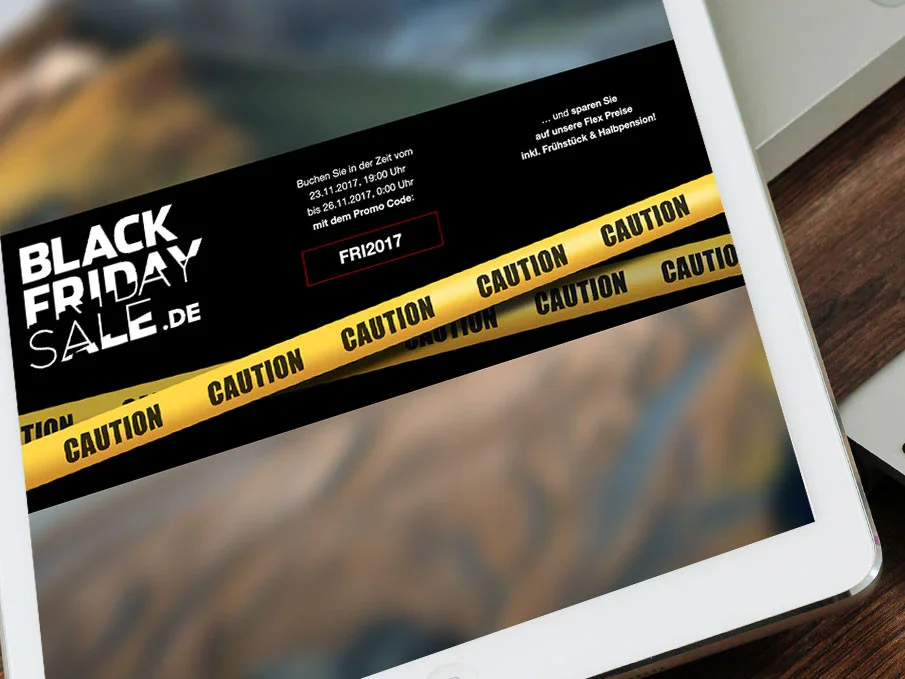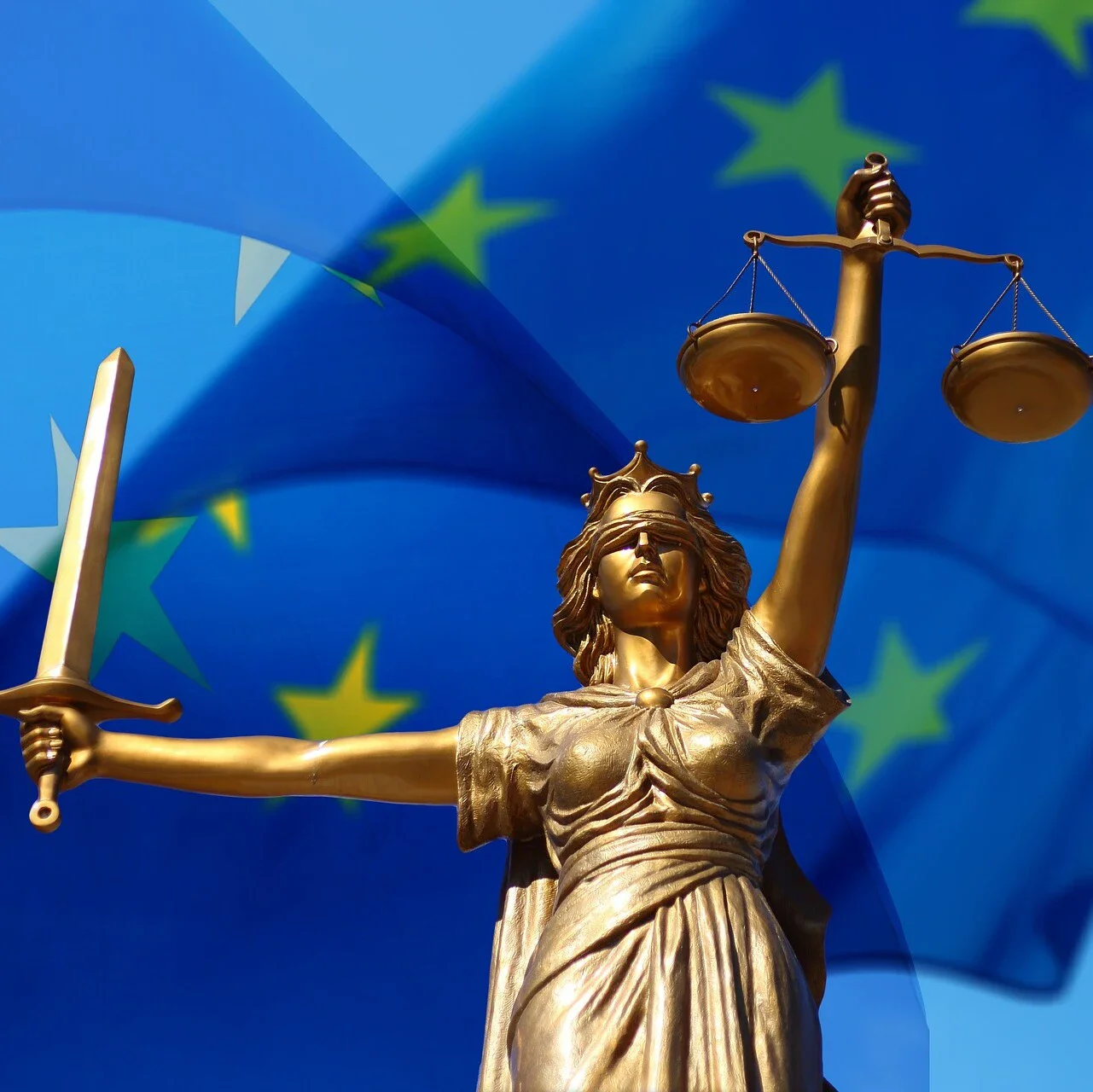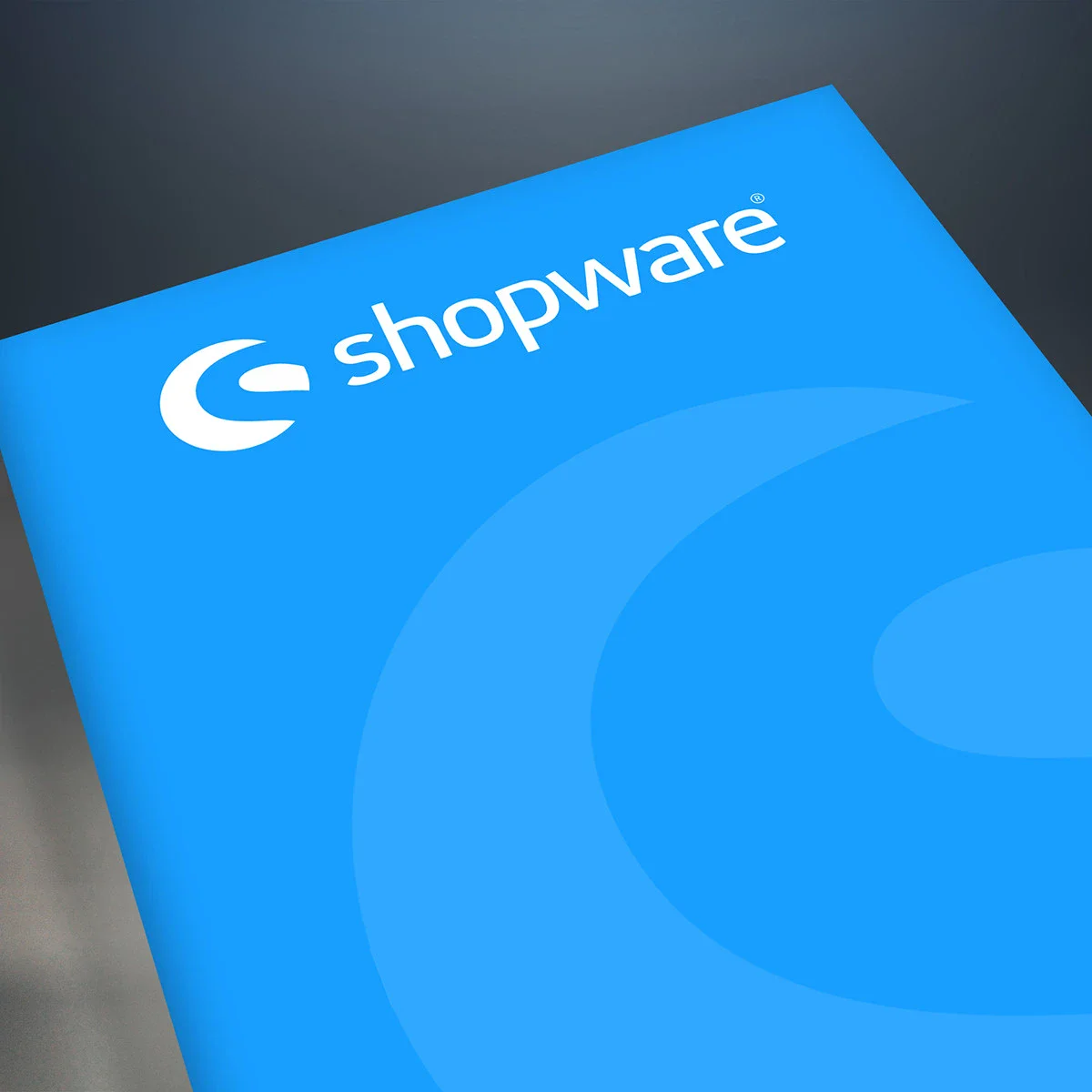Does display advertising still correspond to today's "sitegeist"?

Before we look into the question of whether banner advertising is still worthwhile today, let's first clarify the terminology.
What is display advertising?
The term "display advertising" is part of online marketing and is based on graphic advertising media such as banners, buttons and videos. This is why many people also refer directly to "banner advertising" or "display ads" for short. The terms "in-page ads", "in-page video ads" and "tandem ads" are also frequently used in this context.
The terms "in-page ads" and "in-page video ads" refer to advertising within the standard banner formats (see also point 2). The term " tandem ads " refers to the display of different forms of advertising on the same page and by the same advertiser.
What types of banners are there and where are they used?
First, we will give you an overview of the established forms of advertising:
- Full banner (468×80 px): Is the most classic form and usually in the header area of the website.
- Super Banner or Leaderboard (728×90 px): Due to the larger area than the full banner, the super banner attracts more attention.
- Rectangle (180×150 px): Is surrounded by text on three sides and is therefore more noticeable.
- Skyscraper (120×600 px) or wide skyscraper (160×600 px): Usually anchored on the right-hand side and an eye-catcher due to its elongated shape.
- Wallpaper (size is variable): Is a mix of leaderboard and skyscraper and forms a border around the top and right side of the website.
- Expandable banner: This variant of many established forms of advertising has a surprise effect, as it expands when touched with the mouse and retracts when the button is left.
These formats can be found, for example, in Google AdWords campaigns and in the Universal Ad Package (UAP).
The UAP is an agreement on four banner sizes that are considered the international standard: Rectangle (180 x 150 pixels), Superbanner (728 x 90 pixels), Medium Rectangle (300 x 250 pixels) and Wide Skyscraper (160 x 600 pixels).
Where are banners actually used?
In addition to traditional websites, banners can also be used on e-commerce platforms, online stores, Blogs, forums and other channels such as YouTube or Facebook.
Away from classic to modern animated banners and video ads
Banner advertising, like many other online marketing measures, has repeatedly been declared obsolete by various online agencies. Even if the click rate for banners is significantly lower than for other forms of advertising, we believe they still have a right to exist.
With animated banners in particular, you can target the user's attention. Although the click rates for banners are very low at less than 1 %, studies have shown an advertising effect even if the user does not click on the banner. According to this study, a test campaign was able to increase brand awareness from 57% to 77%. The users themselves remembered the specific banner designs without the participants having clicked on them.
Banners as a tool for branding campaigns?
Targeted branding campaigns on high-reach portals can increase brand perception and thus brand awareness. At 1.5 seconds, users generally only spend a short time on the banners. The message should therefore be short, concise and credible. It is also important that the banner appeals to its target group and encourages them to click.
Unlike traditional print advertising, you can benefit from the measurability of banner advertising. This is why banner advertising is still underestimated, especially in the highly specialized B2B sector. For example, if you cleverly place banners about your products and services as problem solvers on specialist websites, you can attract the attention of many decision-makers.
Unfortunately, it is unavoidable that some users react irritably to the flood of banners and install adblocker software, for example, in response. However, this is more common in the B2C sector. Adblockers are not usually installed on most company computers and installation is not usually possible without the support of the administrator.
Financing models for display advertising
There are two different billing methods: either on the basis of the so-called thousand-contact price (CPM for short) or on a success basis. With CPM, the advertiser receives exactly the price to reach 1,000 customers with the banner ad. With the performance-based model, there are two variants: "cost-per-click" or "cost-per-lead". With "cost-per-click", costs are incurred as soon as a user has clicked on the respective banner. With "cost-per-lead", costs are only incurred if the user performs a defined action after clicking on the banner. This can be, for example, the purchase of a product or the reservation of an event. The success of banner advertising is measured by the so-called "click-through rate".
Our conclusion
Even though classic banner advertising has been repeatedly pushed back by adblockers or alternative online marketing measures, this form of advertising is still established in the online market. Although they are not very popular, they can still attract the customer's attention with the right design.
This measure is particularly useful for branding campaigns. Banners are also not excluded from constant changes in the fast-moving Internet world. Nowadays, for example, they are often shown alongside YouTube videos. The trend within the banner scene is increasingly moving towards fully animated banners and video embeds. We are sure that this trend will lead to even more exciting applications in the near future and will keep an eye on this development for you!
Sources include:
b2bmarketing.works/blog/digital-marketing/advertising-format-presented-display-advertising/
5 good reasons why you should not underestimate B2B banner advertising:
www.lumitos.com/de/blog/5-gute-gruende-fuer-bannerwerbung-im-b2b-bereich/
Are you planning to market a specific product or a new branding campaign?
As a full-service e-commerce agency, we are experts in the field of display advertising or banner advertising and will be happy to help you.
We design your display campaigns. We take care of the creation of eye-catching banners and the design. It goes without saying that we comply with all your corporate design guidelines.



